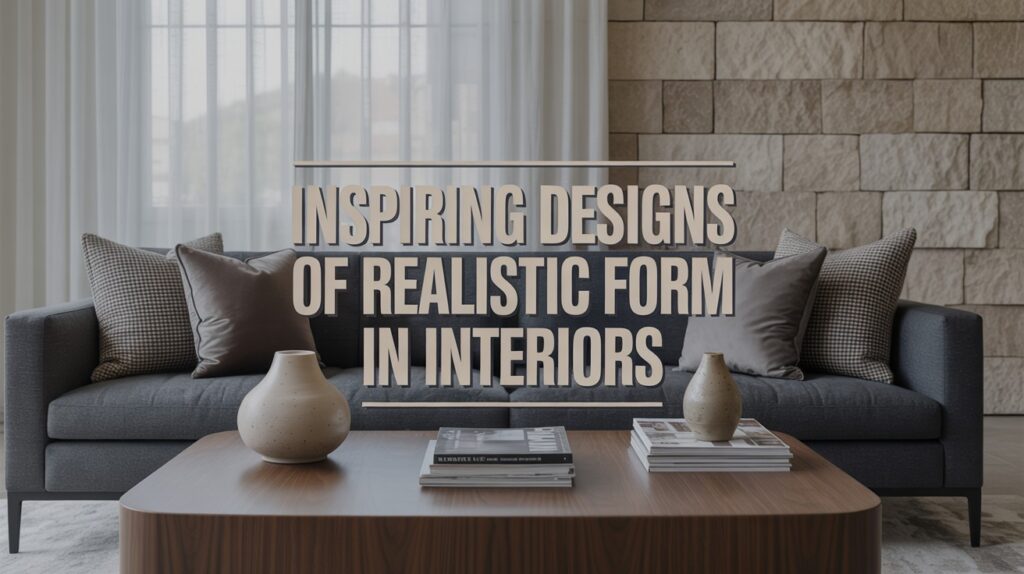Realistic form in interior design focuses on creating spaces that mirror natural shapes, textures, and proportions found in the world around us.
This approach emphasizes authentic materials, organic curves, and functional layouts that feel familiar and comfortable to inhabitants.
Realism in interior spaces matters because it creates environments where people naturally feel at ease.
When design elements reflect forms we recognize from nature and everyday life, our minds process these spaces as safe and welcoming.
This psychological comfort translates into better functionality and genuine relaxation.
Through these ten inspiring examples, you’ll learn how designers successfully integrate realistic forms into modern interiors.
Each case study demonstrates practical techniques for incorporating natural materials, curved lines, and proportional balance that you can apply to your own space transformation projects.
What Is Realistic Form in Interior Design?
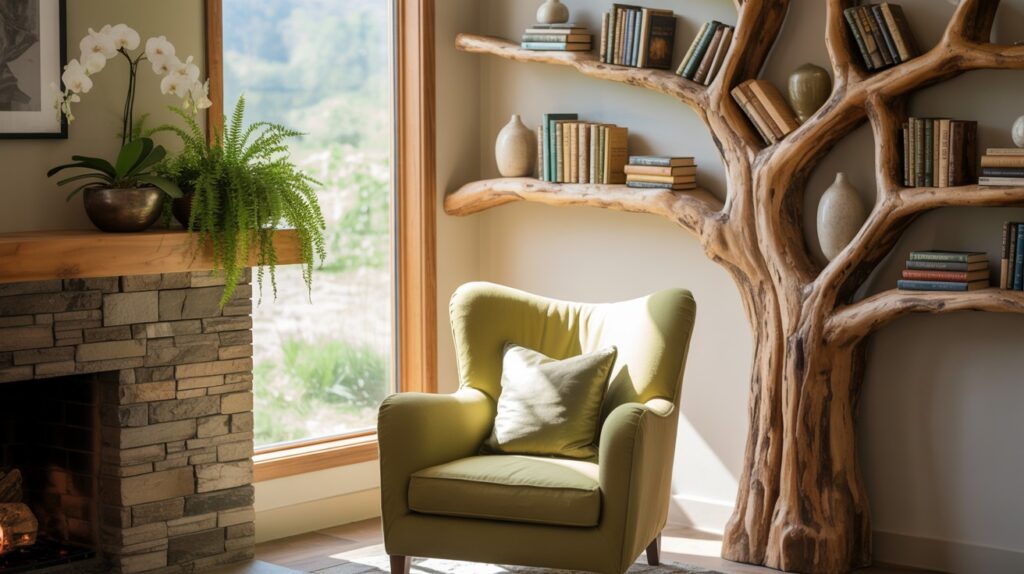
Realistic form in interior design involves incorporating elements that closely resemble objects, shapes, and textures from nature and everyday life.
This approach uses furniture and decorative pieces that maintain recognizable proportions and authentic materials rather than heavily stylized interpretations.
The key difference between realistic and abstract forms lies in their connection to familiar references.
Realistic forms preserve natural characteristics – like a tree-shaped bookshelf that maintains actual branching patterns – while abstract forms distort or completely reimagine these into geometric shapes.
Modern interiors increasingly favor realistic forms because they create immediate emotional connections with occupants. In our digital age, people seek tangible, authentic experiences in their homes.
Realistic forms provide psychological comfort through familiarity while offering visual interest through natural complexity.
This trend aligns with environmental consciousness, celebrating natural beauty rather than artificial alternatives.
Contemporary homeowners appreciate how realistic forms bridge indoor and outdoor living, creating grounded, harmonious spaces that feel welcoming rather than cold or sterile.
List of 11 Inspiring Designs of Realistic Form in Interiors
The following collection showcases diverse approaches to realistic form implementation, featuring spaces that successfully blend natural elements with contemporary functionality for truly memorable interior experiences.
1. Nature-Inspired Wall Murals Bringing the Outdoors In
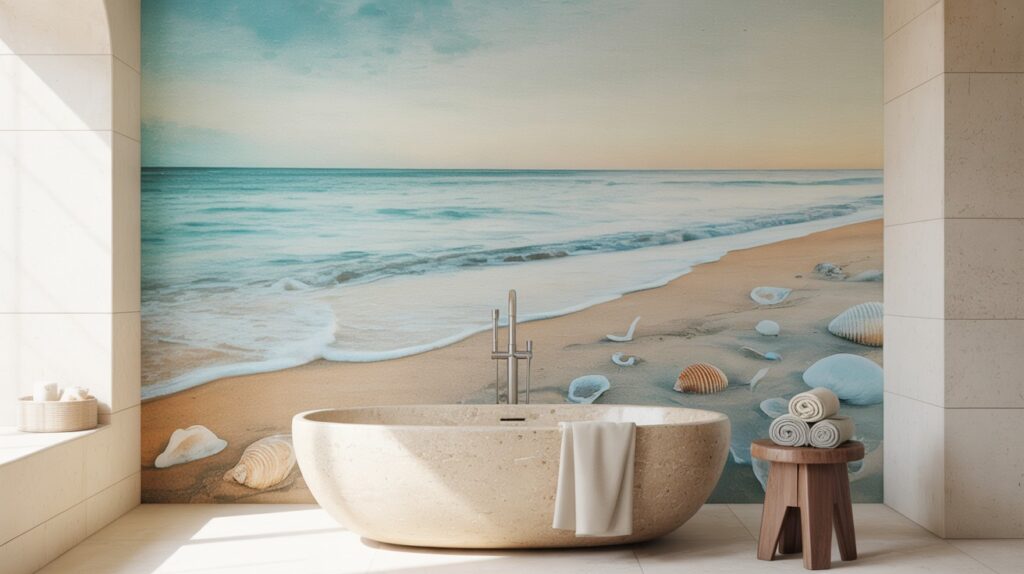
Hand-painted forest, botanical, or seascape murals transform blank walls into captivating focal points that tell visual stories.
These artistic installations create emotional connections by reproducing natural scenes with remarkable detail and color accuracy.
The technique works exceptionally well in bedrooms where calming landscapes promote relaxation, living rooms that benefit from dramatic visual impact, and spa-inspired bathrooms seeking tranquil atmospheres.
Professional artists can customize these murals to match specific color schemes and spatial requirements, ensuring seamless integration with existing décor.
2. Life-Like Animal Sculptures and Décor Wildlife as Art
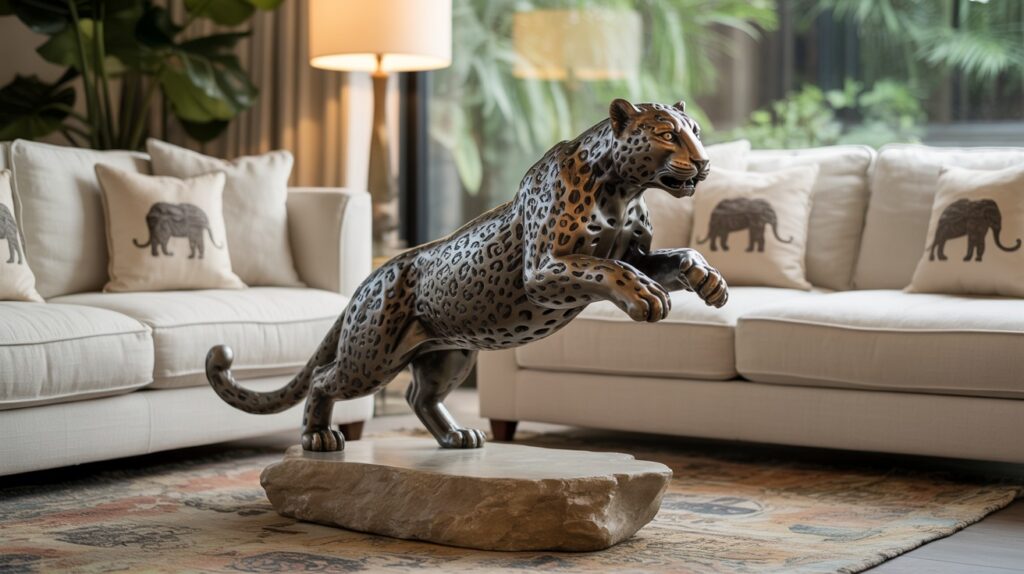
Bronze or resin animal statues bring personality and character to interior spaces through their lifelike presence and craftsmanship.
These sculptural elements work alongside realistic animal motifs in fabric patterns and prints to create cohesive themes throughout rooms.
The approach proves particularly effective in rustic settings that celebrate natural materials, boho environments that embrace eclectic collections, and contemporary spaces seeking organic contrast to clean lines.
Placement considerations include scale proportions and lighting to maximize visual impact.
3. Hyper-Realistic Textures in Furnishings Seeing Is Believing
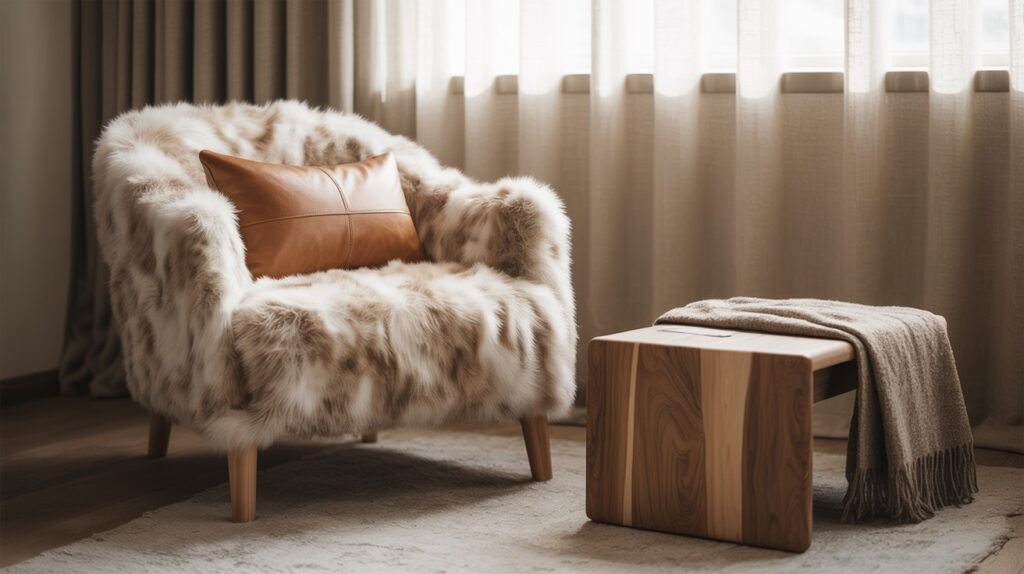
Advanced manufacturing techniques now produce faux fur, leather, stone, and wood materials that closely replicate their natural counterparts in both appearance and tactile sensation.
These innovative textiles and surfaces add sensory richness to furniture and accessories while offering practical benefits like easier maintenance and ethical sourcing.
The approach integrates seamlessly into Scandinavian interiors that value natural materials and transitional styles that blend traditional and contemporary elements.
Quality varies significantly, making careful selection crucial for achieving authentic results.
4. Trompe-l’œil Accent Walls Illusion Meets Interior Design
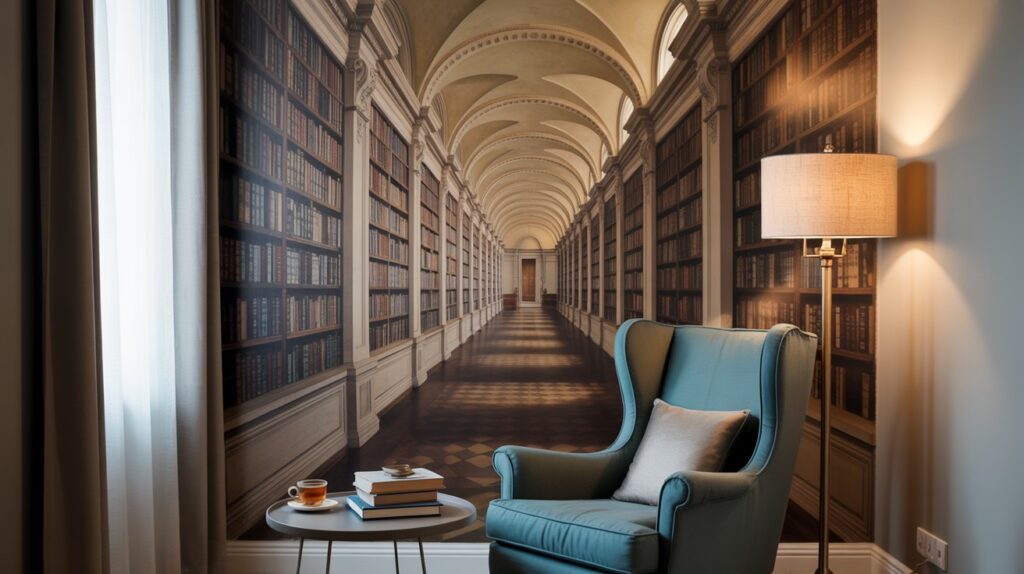
This classical painting technique creates convincing architectural features like arches, windows, and built-in bookshelves through skillful use of perspective and shading.
The method proves particularly valuable in small rooms that benefit from perceived depth and spatial expansion without actual structural modifications.
Professional execution requires understanding of light sources and viewing angles to maintain the illusion from multiple positions.
Cost-effectiveness makes this option attractive for renters and budget-conscious homeowners seeking dramatic transformations.
5. Realistic Botanical Installations Beyond the Faux Plant
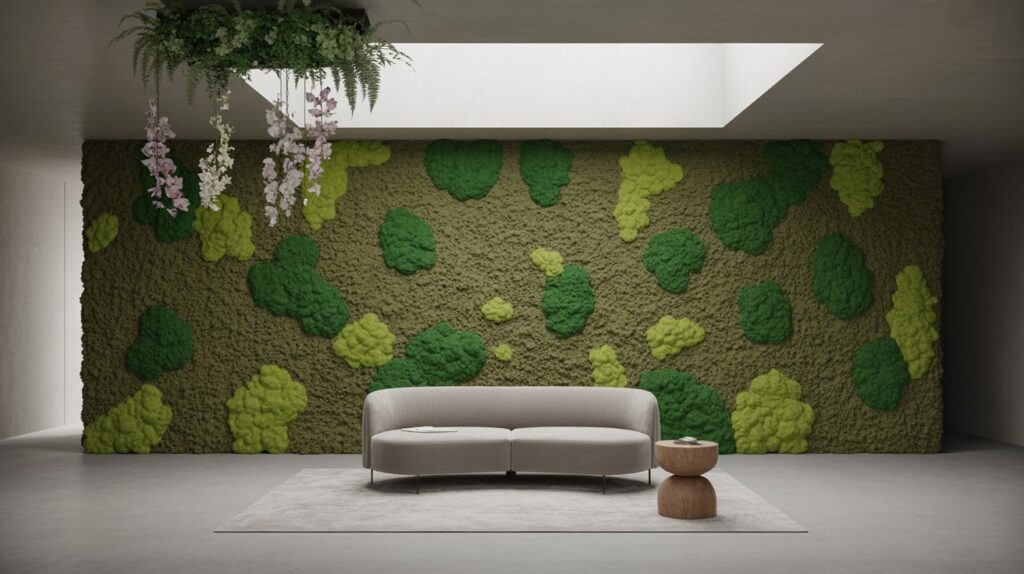
Modern artificial plant technology produces silk florals and greenery that convincingly replicate live specimens through attention to leaf structure, color variation, and natural growth patterns.
Hanging garden systems and preserved moss walls create vertical interest while addressing maintenance concerns in urban environments with challenging light conditions.
Quality artificial plants require initial investment but eliminate ongoing care requirements and seasonal replacement costs.
Strategic placement and occasional cleaning maintain their realistic appearance over time.
6. Human Figure Sculptures and Artwork Celebrating the Human Form
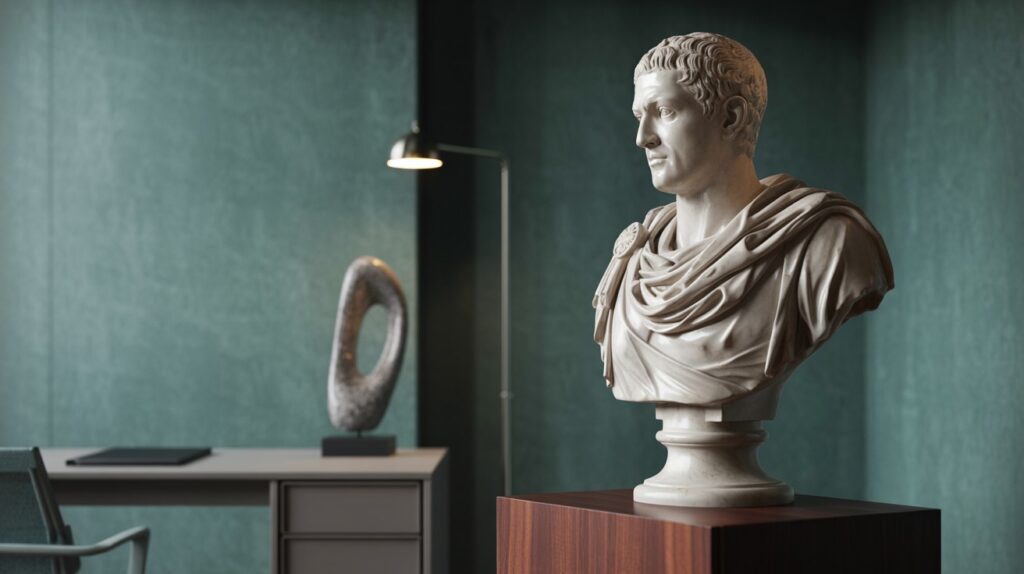
Classical busts, contemporary resin sculptures, and figurative wall art introduce human presence and emotional resonance into interior spaces.
These pieces work particularly well in entryways where they create memorable first impressions and studies that benefit from contemplative artistic elements.
Material choices range from traditional marble and bronze to modern composites that offer similar visual impact with reduced weight and cost considerations.
Scale and positioning significantly influence their effectiveness as design focal points.
7. Realistic Fireplaces with Electric Flame Technology Cozy Without the Smoke

Advanced LED flame simulation technology creates convincing fire effects through realistic log arrangements and glowing ember beds that mimic actual combustion.
These installations provide visual warmth and ambiance without ventilation requirements, making them suitable for apartments and rental properties with installation restrictions.
Modern units offer adjustable flame intensity and heat output controls for year-round functionality.
Safety features and energy efficiency make them practical alternatives to traditional wood-burning or gas options.
8. Imitation Stone and Brick Finishes Get the Look Without the Cost
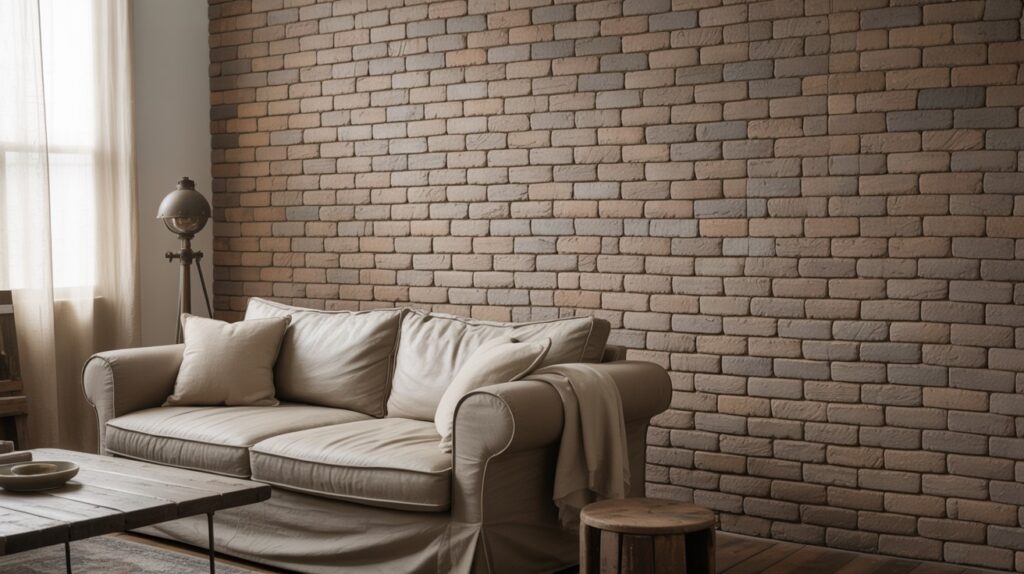
Lightweight panels and peel-and-stick applications reproduce authentic stone and brick textures through advanced printing and molding techniques.
These materials suit rustic, industrial, and farmhouse interior styles while offering significant weight and installation advantages over genuine masonry.
DIY-friendly formats make them accessible for budget-conscious renovations and temporary installations.
Proper surface preparation and sealing ensure longevity and realistic appearance in high-traffic areas.
9. 3D Printed Realistic Décor Future-Forward Realism
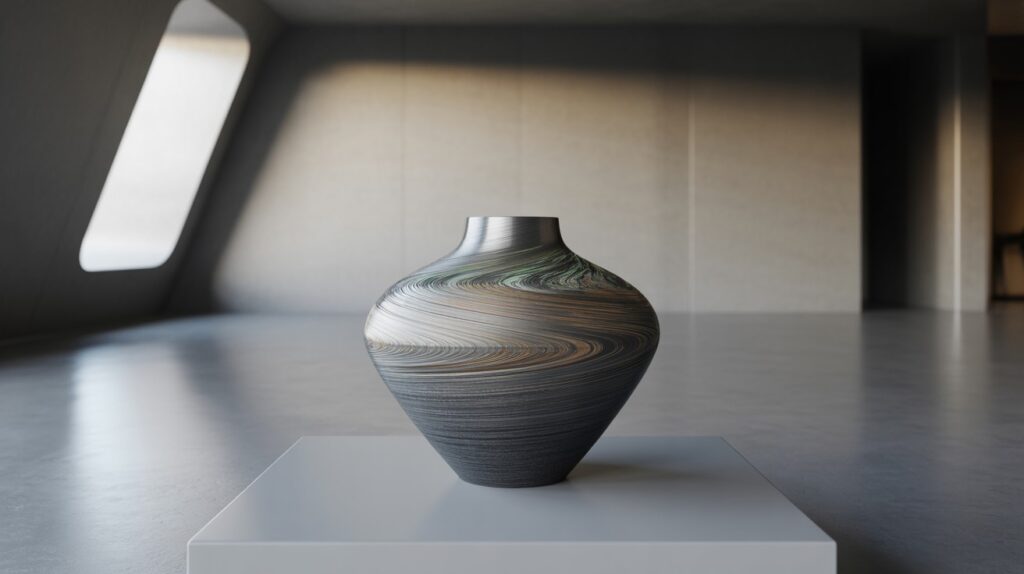
Three-dimensional printing technology enables creation of custom figurines, textured surfaces, and architectural elements with precise detail reproduction and design flexibility.
This manufacturing method offers accessibility to unique decorative pieces that would otherwise require expensive custom fabrication.
Material options continue expanding to include wood-filled, metal-infused, and ceramic-like filaments that enhance realistic appearance.
The technology particularly appeals to modern design enthusiasts seeking personalized statement pieces.
10. Photorealistic Rugs and Upholstery Textures That Fool the Eye
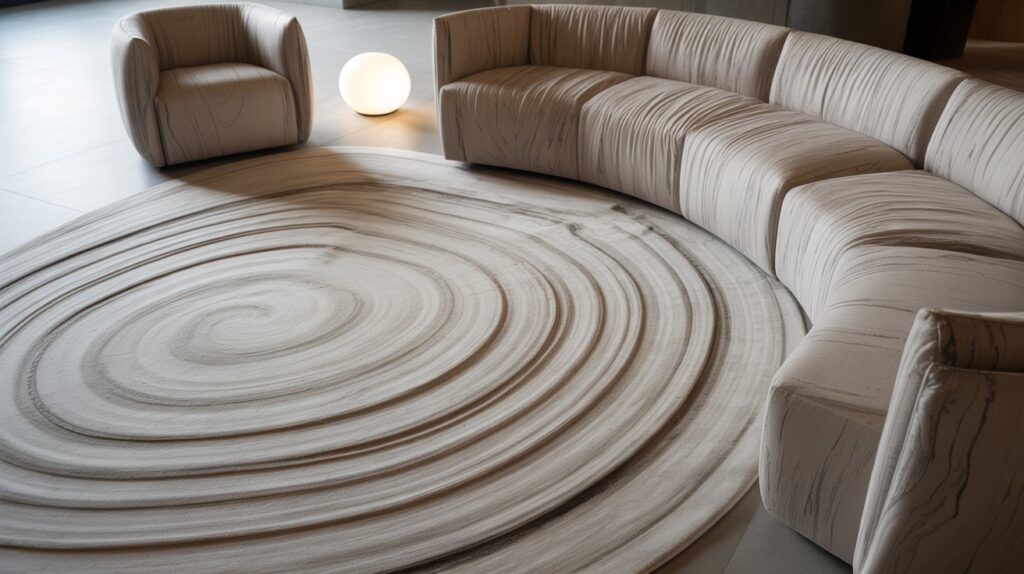
Digital printing advances allow textile reproduction of natural surfaces like marble veining, wood grain patterns, and stone textures with remarkable accuracy and color depth.
These applications add dimensional interest to soft furnishings while maintaining fabric flexibility and comfort properties.
The technique creates striking visual effects in furniture upholstery and area rugs that serve as artistic focal points.
Durability and fade resistance vary by printing method and fabric choice, requiring consideration for high-use applications.
11. Realistic Form in Themed Rooms From Fairy Tales to Forest Cabins
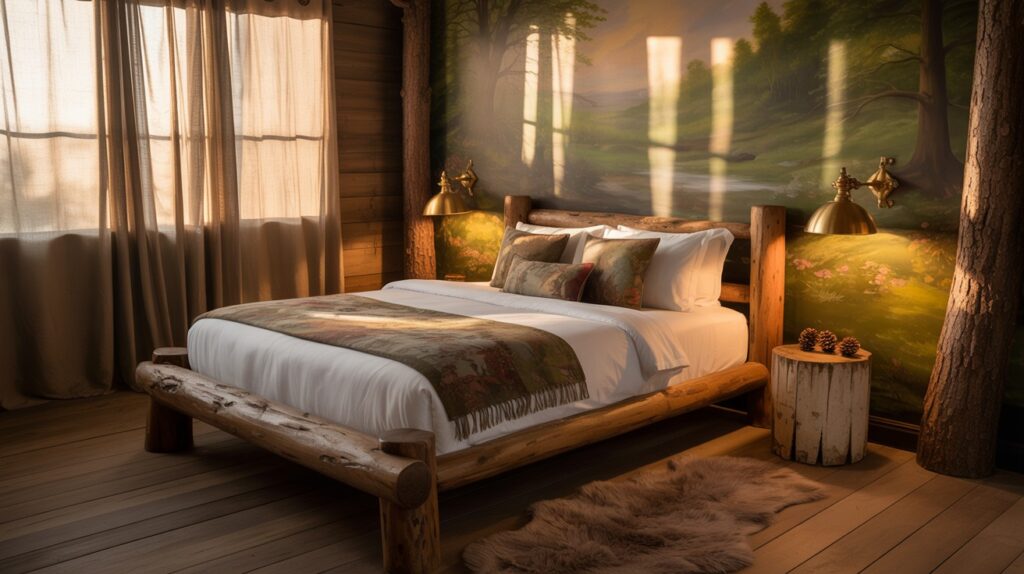
Complete environmental transformations use coordinated props, murals, textures, and lighting to create immersive experiences that transport occupants to different settings.
Children’s rooms benefit from storybook themes that stimulate imagination, while guest accommodations can offer unique stays through cabin, forest, or urban apartment simulations.
Successful execution requires careful attention to scale, color harmony, and functional requirements alongside thematic elements.
Lighting design plays a crucial role in maintaining illusion and supporting practical room use.
Conclusion
Realistic form transforms interior design by creating spaces that resonate with our natural instincts and emotional needs.
From nature-inspired murals to lifelike textures, these design elements establish meaningful connections between inhabitants and their environments.
The approach offers endless opportunities to infuse personality into your home through authentic materials, organic shapes, and familiar references that feel both comfortable and visually compelling.
Consider experimenting with these lifelike elements in your own space – start small with realistic textiles or botanical installations, then gradually incorporate larger statements like trompe-l’œil walls or sculptural pieces.
Remember that successful realism in interior design isn’t simply about copying nature exactly.
Instead, it’s about capturing the essence, energy, and emotional impact that natural forms bring to our daily lives, creating homes that truly feel alive.
Frequently Asked Questions
What exactly is realistic form in interior design?
Realistic form refers to incorporating design elements that closely resemble natural objects, textures, and shapes found in everyday life. This approach uses authentic materials and recognizable proportions to create familiar, comfortable environments.
How do realistic forms differ from abstract design elements?
Realistic forms maintain their connection to recognizable references like trees, animals, or natural textures, while abstract forms distort or completely reimagine these into geometric or conceptual shapes. Realistic elements feel familiar and grounded, whereas abstract pieces prioritize artistic interpretation over natural accuracy.
Can realistic form work in modern, minimalist interiors?
Yes, realistic forms can complement minimalist spaces when used strategically as focal points or accent pieces. A single lifelike sculpture or natural texture wall can add warmth and personality without overwhelming the clean aesthetic.
Are realistic design elements expensive to implement?
Costs vary widely depending on your chosen approach – options range from affordable peel-and-stick stone panels to custom hand-painted murals. Many realistic elements like faux textures and artificial plants offer budget-friendly alternatives to authentic materials.
Which rooms benefit most from realistic form design?
Bedrooms and living rooms work exceptionally well with realistic elements as they’re spaces where comfort and emotional connection matter most. Bathrooms also benefit from spa-like natural elements, while entryways can make strong impressions with lifelike sculptural pieces.

